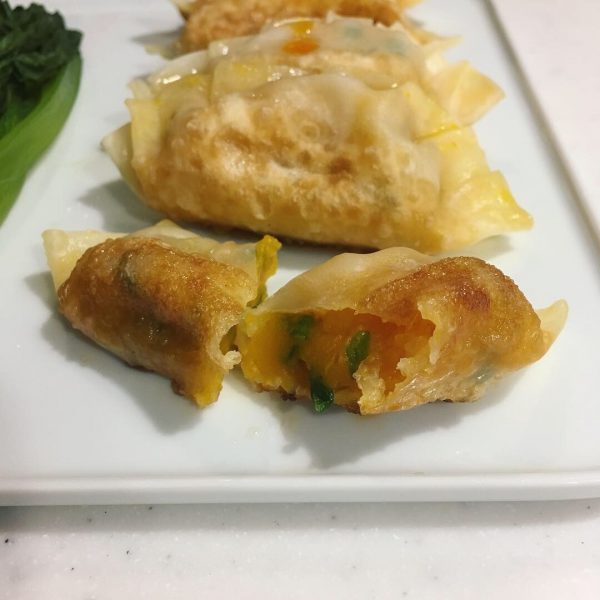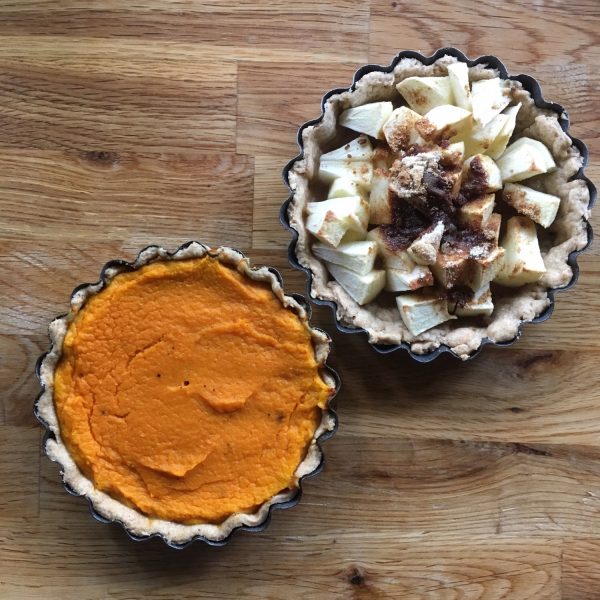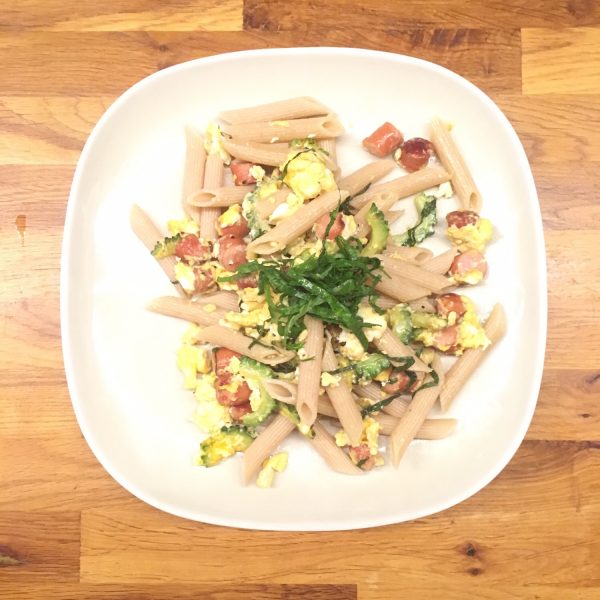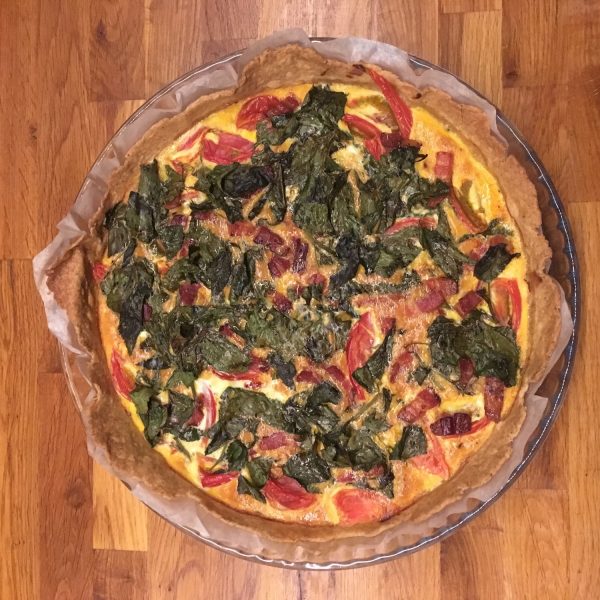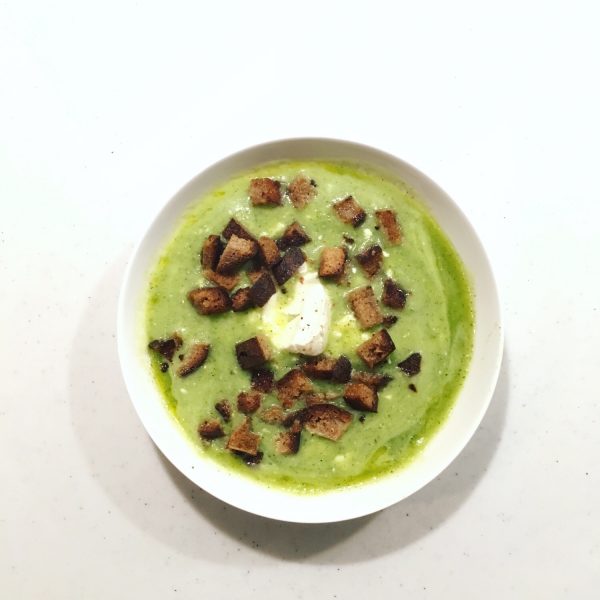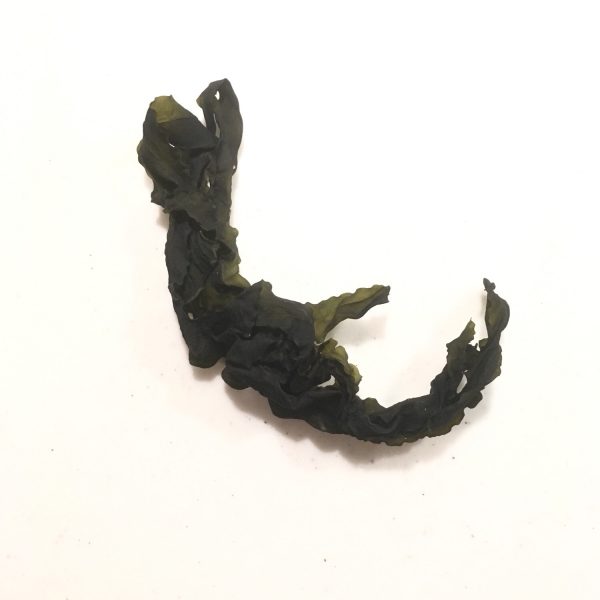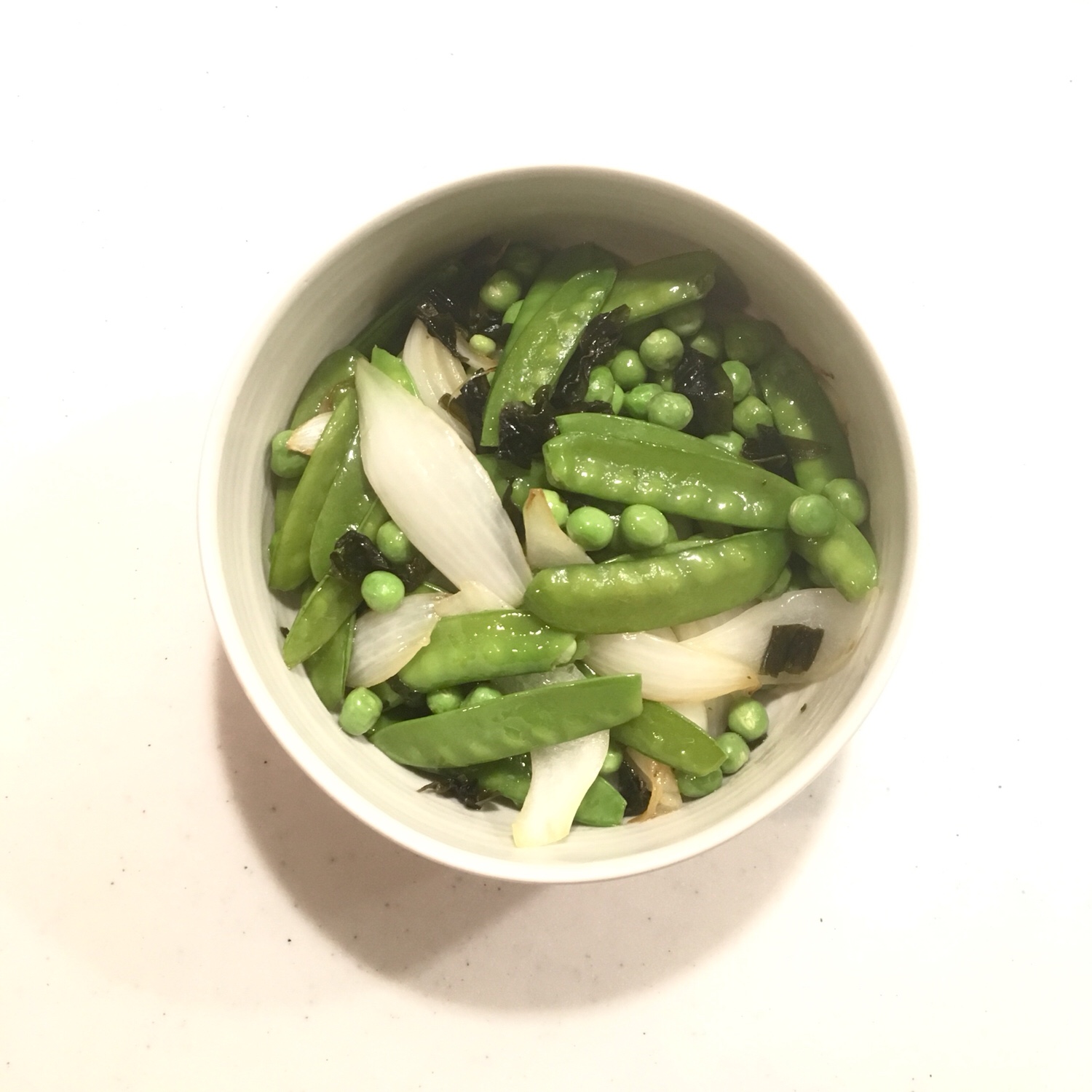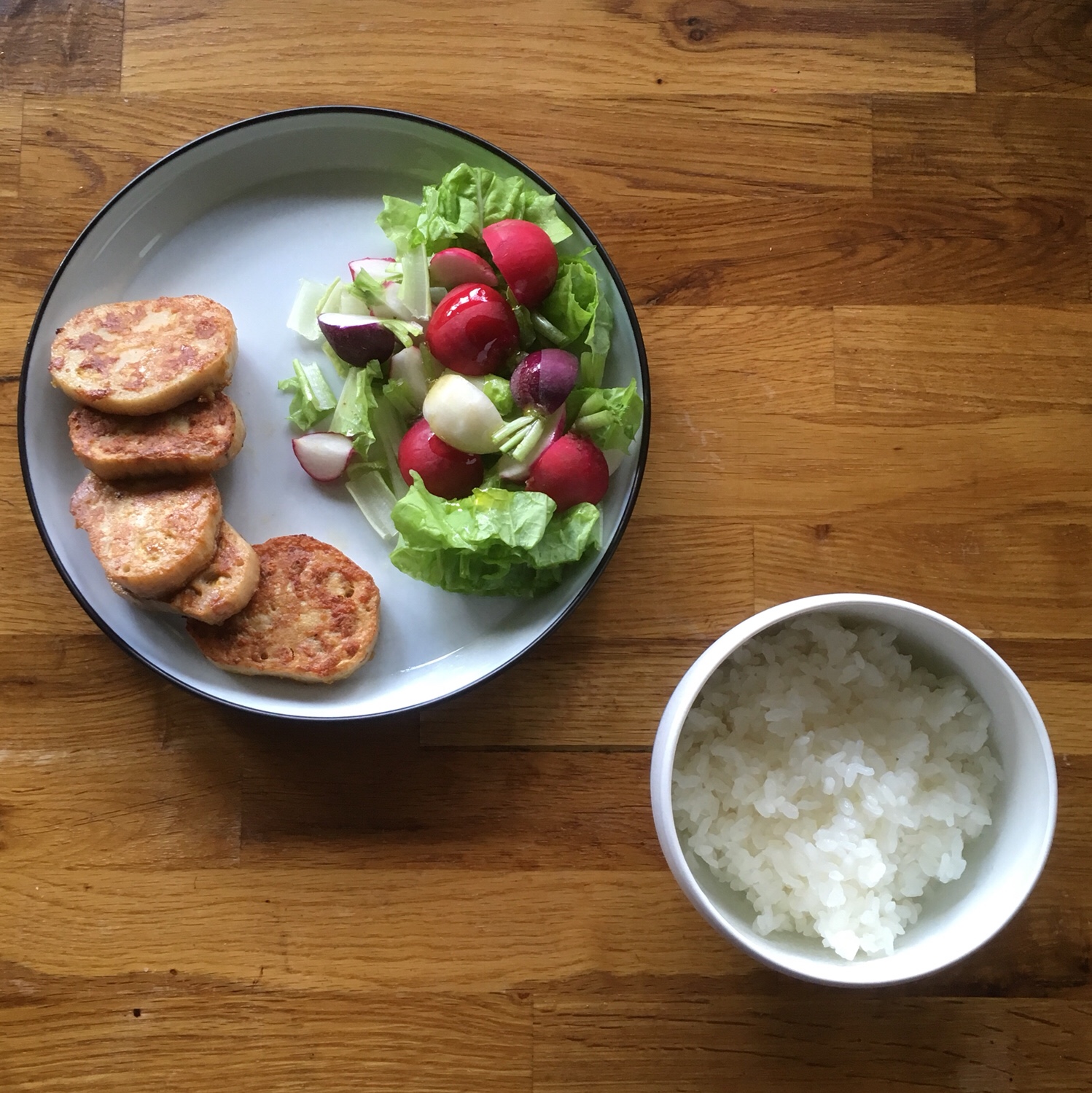Ok… the weekend is here and I’m still cooking butternut squash!!!
Using it again today in a recipe that is the pure product of my imagination: vegan gyoza. I don’t know why The other day, on my way to the station I had this vision of simple gyoza, filled with a butternut and green shallots and served hot with soya sauce and ra-yu (you know the slightly vinegared and spicy oil that you mix with soya sauce when eating gyoza). So on my way back from work I stopped to buy the shallots, the ra-yu, and gyoza dough because it was already 21:00 I didn’t have boiled my butternut squash yet and making the dough meant eating too late. Making the dough is very simple, just water and flour, but you need to wait 30 to 60min before making small balls and rolling them. So it was out of the question. Luckily it is rather easy to find fresh prepared gyoza “skin” in Japan that has only the basic ingredients. All good supermarkets have some. Here is my recipe below the picture.
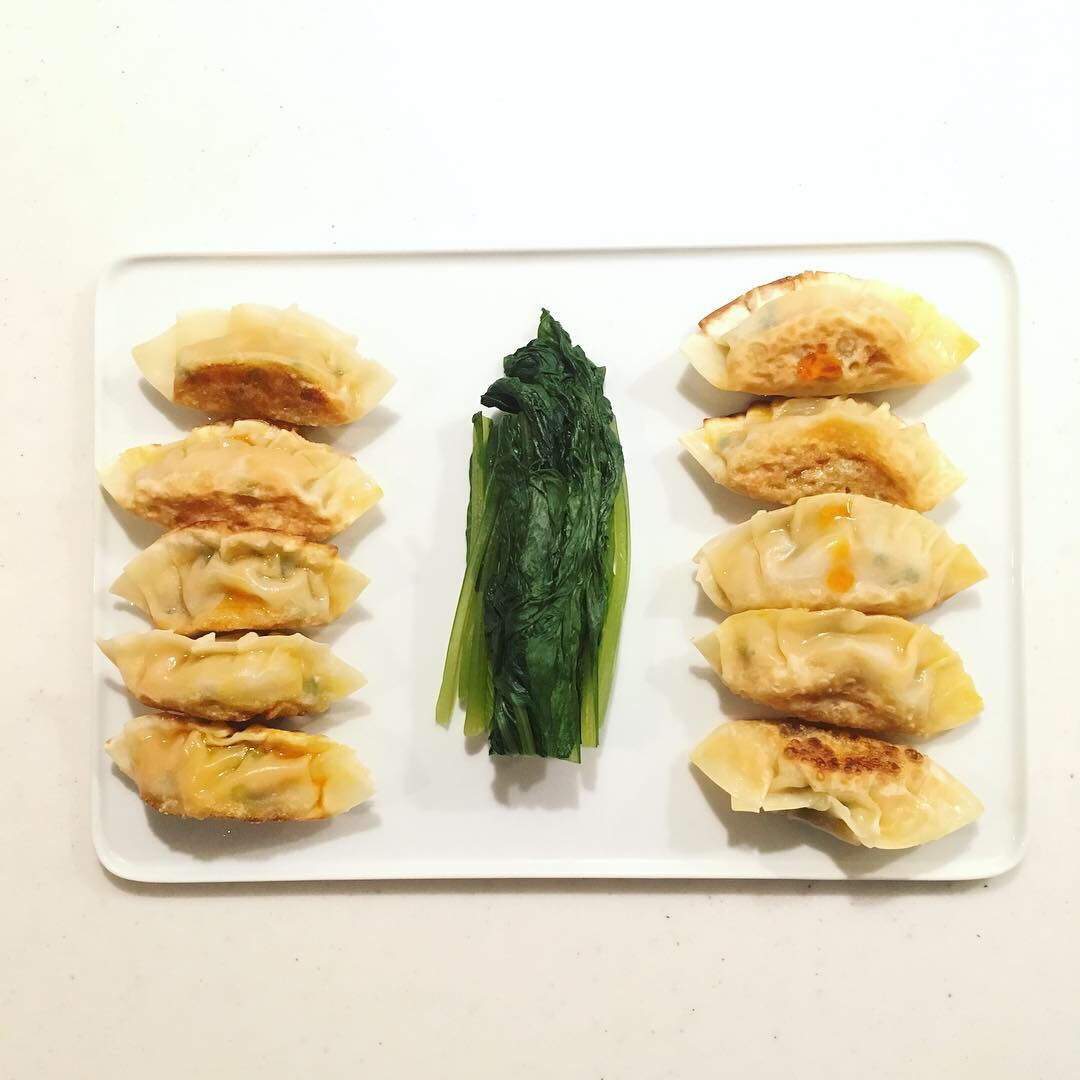
Butternut squash gyoza for 20 pieces
– 100g of butternut squash pealed and boiled
– a pack of gyoza skin
– shallots greens 小ねぎ
– soya sauce and ra-yu
– optional: fresh ginger grated
If your butternut squash is not yet pealed and boiled like it was the case for me, start with that. You don’t want to have a filling that is too hot because it makes the forming of the gyoza more difficult: the skin breaks more easily, in particular when hand made.
Drain the butter well and purée it. Wash and chop the shallots green, grat the ginger if you want to use some. Add to the butternut squash purée and stir well. Take a round gyoza skin in the left hand, deep your right index in water and moist the outskirt of the skin. With a spoon set a bit of filling in the middle. Fold in two and start making small pleats to close the gyoza (see the movie below). Then once they are all ready, in a heated pan with a bit of oil and water cook at medium to high heat and flip once until golden on both sides. Serve with greens (I served simple boiled komatsuna) and the soya sauce and ra-yu.
http://gentianeetantoine.com/igk/wp-content/uploads/2018/10/img_7761.mov